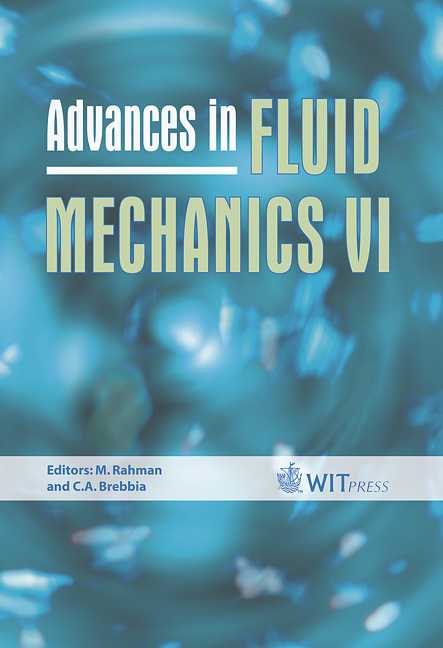Computational Fluid Dynamics (CFD) Use In The Simulation Of The Death End Ventilation In Tunnels And Galleries
Price
Free (open access)
Transaction
Volume
52
Pages
9
Published
2006
Size
1,012 kb
Paper DOI
10.2495/AFM060121
Copyright
WIT Press
Author(s)
J. Toraño, R. Rodríguez & I. Diego
Abstract
In the framework of the Research Project CTM2005-00187/TECNO, \“Prediction models and prevention systems in the particle atmospheric contamination in an industrial environment” of the Spanish National R+D Plan of the Ministry of Education and Science, 2004-2007 period, a CFD model has been developed to simulate air flows in tunnels and galleries, including its detailed comparison with available experimental data. Taking into account the importance of the air velocity distribution in the tunnels or galleries where there is continuous transport of particulated material by means of conveyor belts, and where PM10 or PM50 particulated material can be easily thrown in suspension, we quickly identify the necessity of studying the air behaviour using CFD software. Several models were developed using the commercial code Ansys CFX 10.0, starting from several 3D meshes of different resolutions generated using ICEM CFD 10.0. Medium complexity turbulence models were selected in order to obtain acceptable resolution times in single processor machines, as well as following advices contained in related bibliography. Zero Equation (constant turbulent eddy viscosity), k-epsilon and Spallart-Allmaras models were used, comparing their results with detailed experimental measurements obtained from the use of hot wire anemometers. Results show good agreement between the simulated data and the experimental measurements depending on the turbulence model: areas close to the tunnel end are best simulated using k-e, but areas far from the tunnel end, in the developed flow area, are best simulated using Spalart-Allmaras. As was expected the constant turbulent eddy viscosity model gave results which were not very approximated. Keywords: death end ventilation, particulated material, CFD, turbulence.
Keywords
death end ventilation, particulated material, CFD, turbulence.





